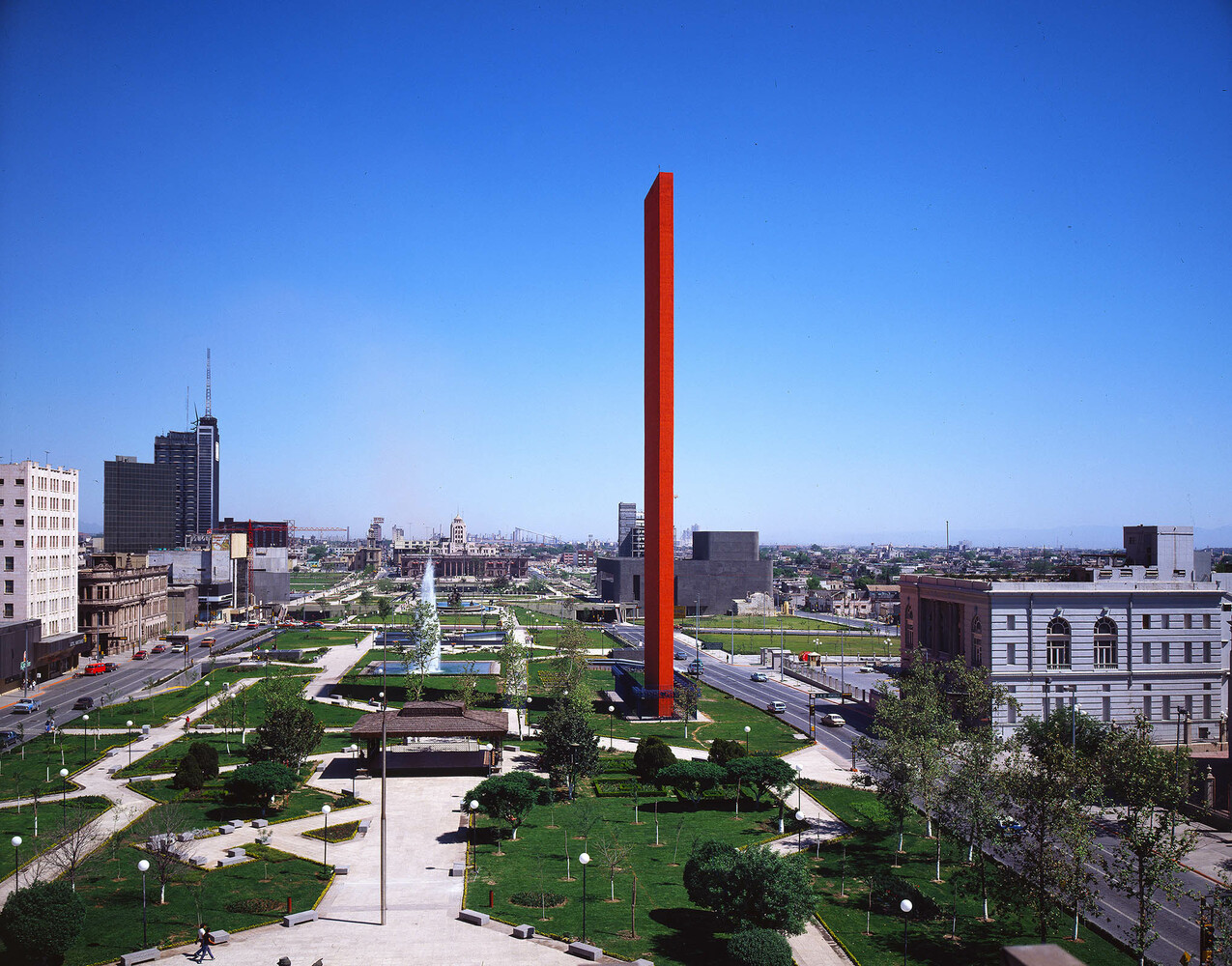Praised in the Pritzker Prize laudatio for “his commitment to architecture as a sublime act of poetic imagination”, Barragán’s architectural approach embraced the principles of Modernism while remaining deeply rooted in Mexican tradition.
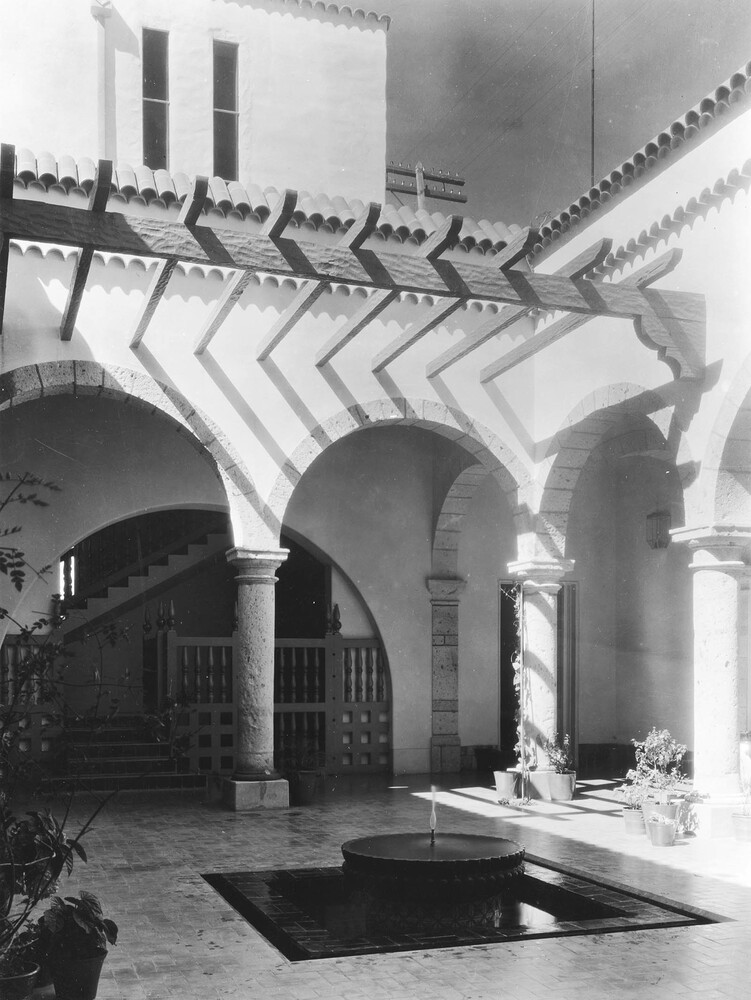
Following the completion of his studies at the Escuela Libre de Ingenieros in Guadalajara, Barragán travelled to Europe in 1924–1925, accumulating formative experiences that prompted an artistic awakening. In particular, he was captivated by the nostalgic vision of the idealized Mediterranean settings expressed in the work of Ferdinand Bac, a novelist and illustrator of aristocratic descent who had designed several gardens and the interior of a villa on France’s Côte d’Azur. Barragán believed this captivating approach to architecture and landscape design could be adapted to the Mexican context. This became apparent in the architect’s first projects in Guadalajara, mainly compact row houses inserted in the dense urban fabric, two-storey semi-detached dwellings and freestanding villas. These designs reverberate with echoes of Mediterranean and Moorish architecture, which Barragán complemented with the integration of Mexican building techniques and craft traditions.
An extended stay in New York and a second trip to Europe in 1931–1932 further exposed Barragán to significant examples of Modernism in art and architecture. He became acutely aware of the current international architectural discourse and evinced a growing interest in Functionalism, the principles of which he tested and applied to varying degrees in his subsequent projects. These works showed a gradual move towards a Modernist aesthetic of unadorned geometric forms, setting them apart from the historicist architecture common in Guadalajara’s older residential neighbourhoods.
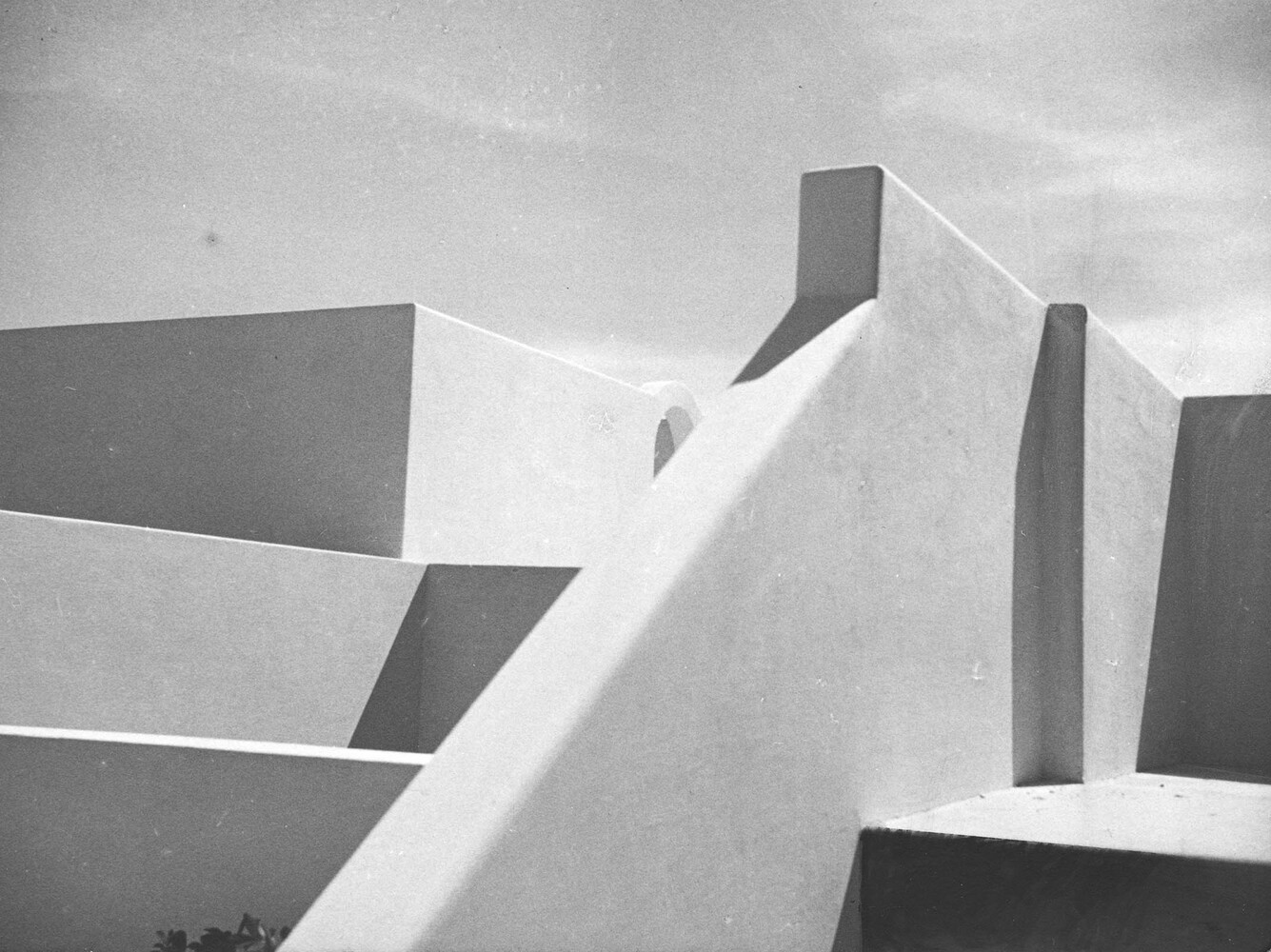
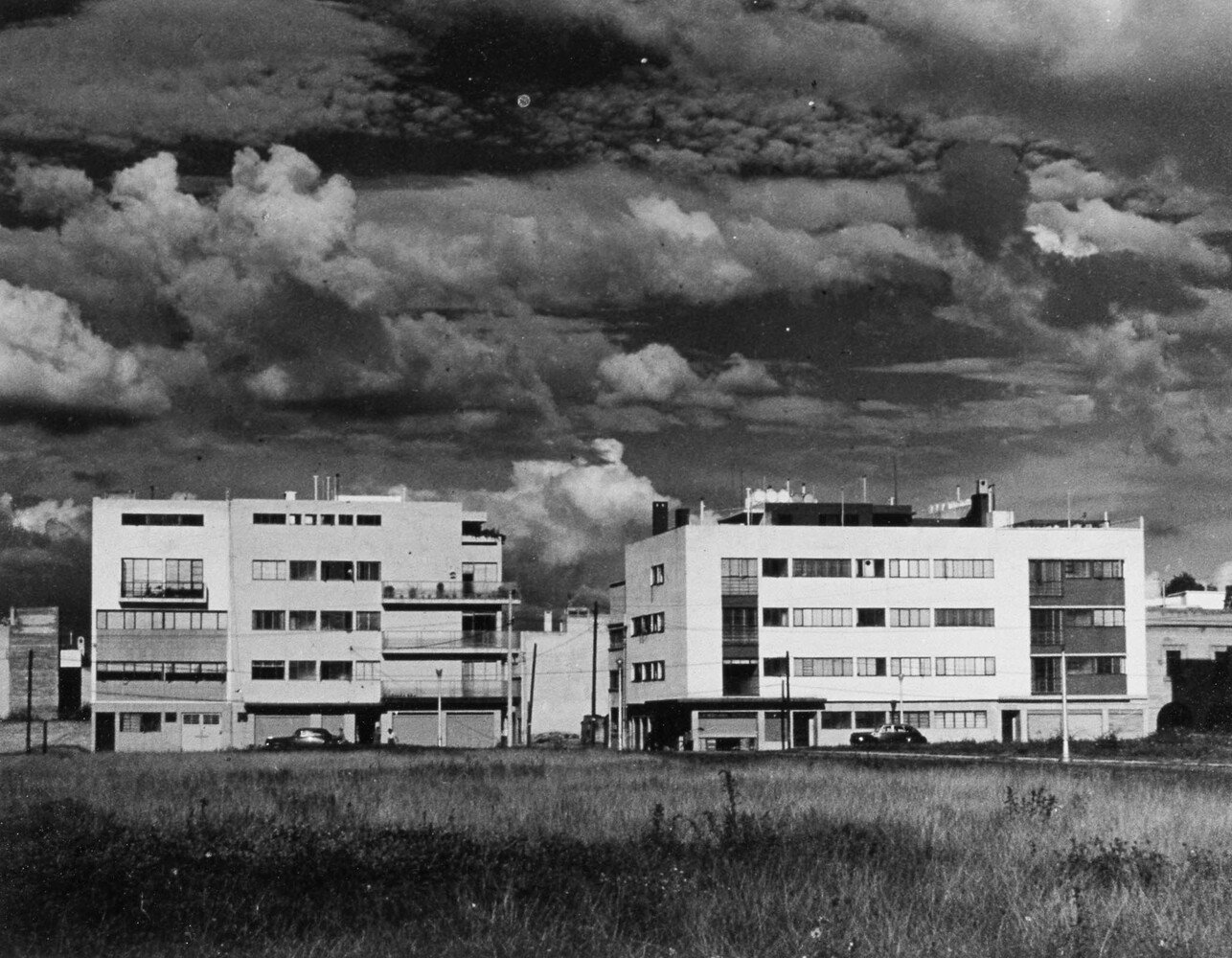
Later in the decade, after Barragán had settled in Mexico City, the progressive and rapidly expanding metropolis provided an ideal testing ground for the architect’s experiments with his evolving aesthetic idiom. The emergence of new districts just outside the old city centre, especially along Paseo de la Reforma, and the neighbourhoods now known as Colonia San Rafael, Colonia Cuauhtémoc, Colonia Roma and Colonia Condesa offered numerous opportunities for investors, some of which led to interesting commissions for the young architect. Between 1937 and 1941, Barragán completed nearly fifteen multistorey apartment buildings in the capital, as well as several townhouses and a few upscale villas. The fast pace of work, along with the necessity to manage resources efficiently in a new, competitive context, led Barragán to seek the expertise of various colleagues. They were involved in the projects either as partners, hired collaborators or occasional consultants. These early commissions represented a major step forward for the architect’s professional reputation, and his achievements imparted a clearer vision of the expressive potential of Functionalism as well as the limits imposed by the market.
Consequently, Barragán made the decision to start pursuing his own private ventures in the early 1940s. This change in direction would significantly impact his future projects and shape his career as a whole. He initially acquired several lots in a popular neighbourhood just south of the central Bosque de Chapultepec, where he began to experiment with garden and landscape compositions, establishing a conceptual and stylistic foundation for subsequent work. The architect decided to build a home for himself on one of these properties, pursuing an experimental design approach and expressive aesthetic that integrated pre-existing built elements into a new and personal environment.
Parallel to these projects, Barragán turned his attention to the urban scale. The visionary urban development of Jardines del Pedregal, which commenced in the mid 1940s, focussed on a virgin lava landscape previously considered marginal and unusable. The design and management of this multifaceted venture represented a turning point in the formulation of Barragán’s creative work and its critical reception.
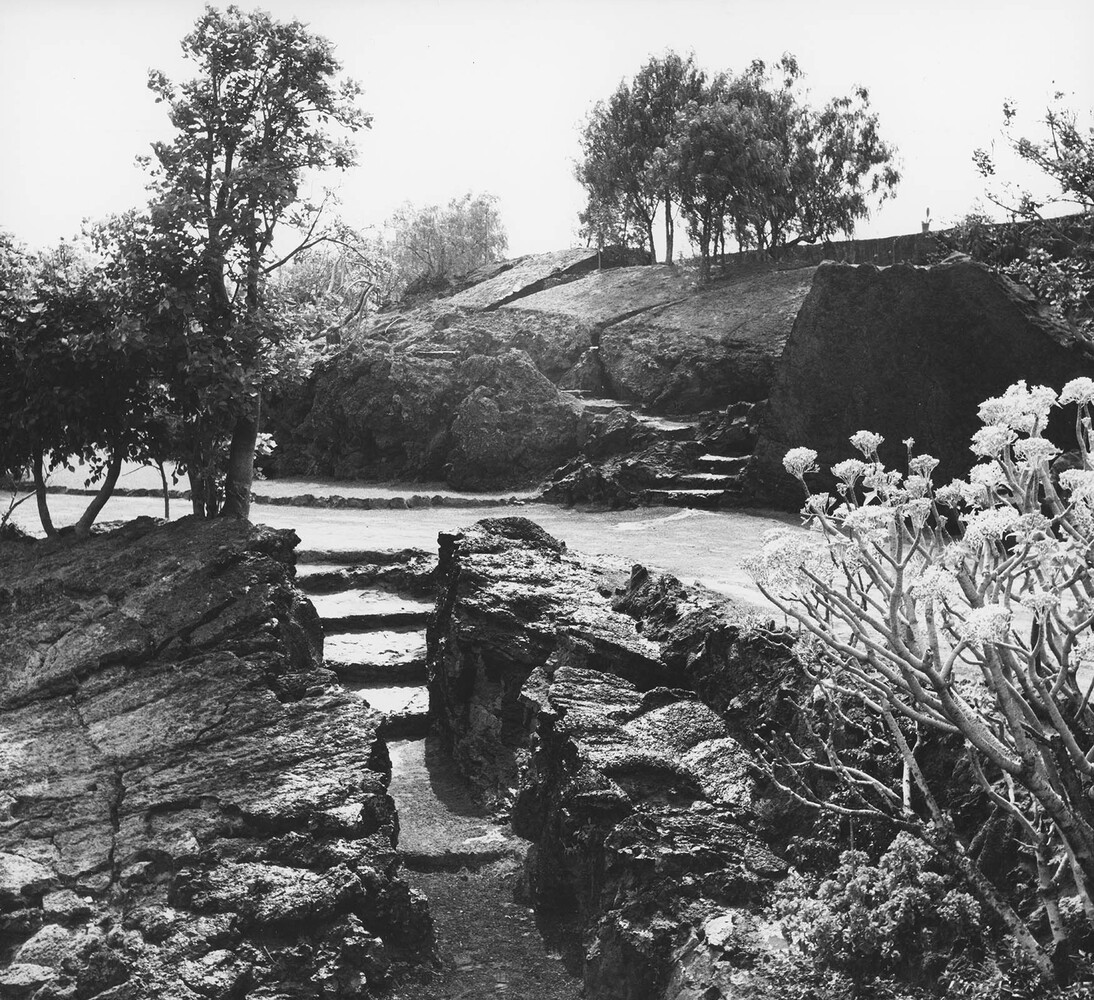
These experiences informed some of his iconic projects, such as his second and definitive home – the Barragán House. In the design of his own residence, Barragán crystallized his architectural thinking on the domestic environment, which he continued to evolve throughout his career. The essence of this approach is an integration of interior and exterior spaces that protects the privacy of the inhabitants from the interferences of the outside world.
Throughout the 1950s and 1960s, Barragán refined and expanded his distinctive aesthetic vocabulary, in which colour played an increasingly important role. He continued to merge built and natural environments in the development of residential subdivisions, such as Las Arboledas and Los Clubes, located on former farmland north of the city. He also designed the urban landmark Torres de Satélite in collaboration with artist Mathias Goeritz, as well as inspiring religious spaces like the Capuchin Convent Chapel. Other major projects include the large residential estate Cuadra San Cristóbal and the plan for Lomas Verdes, a new satellite town for 100,000 inhabitants conceived as a joint undertaking with the architect Juan Sordo Madaleno. Parts of this project were completed, but its striking monumental central core remained unrealized.
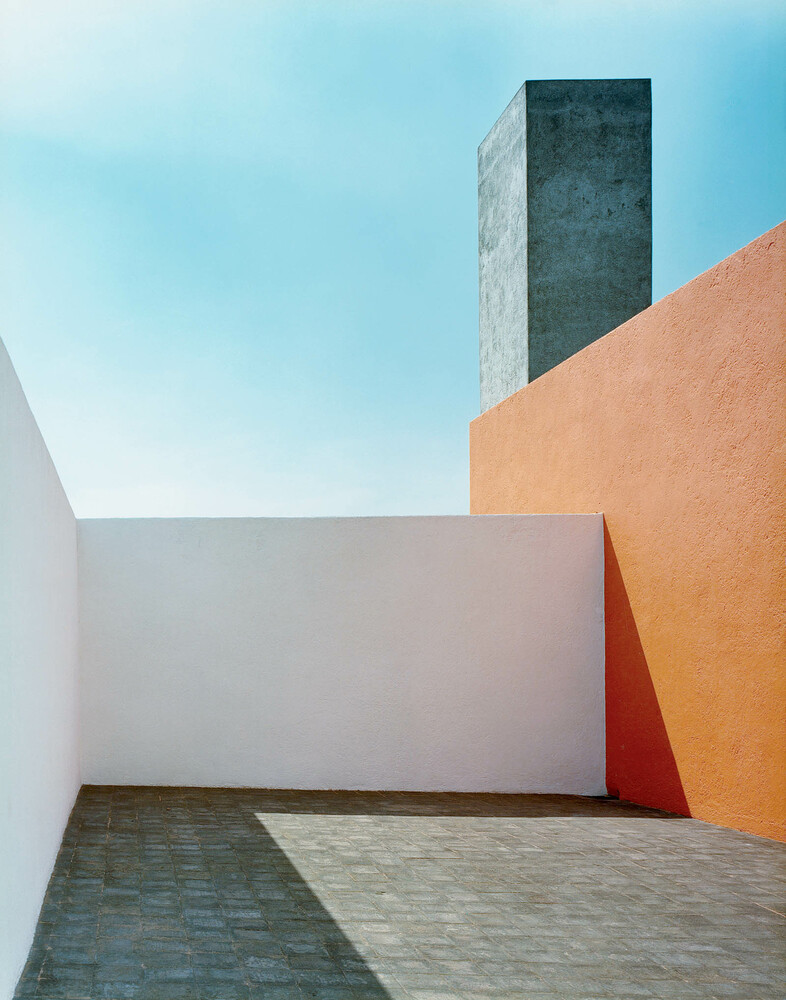


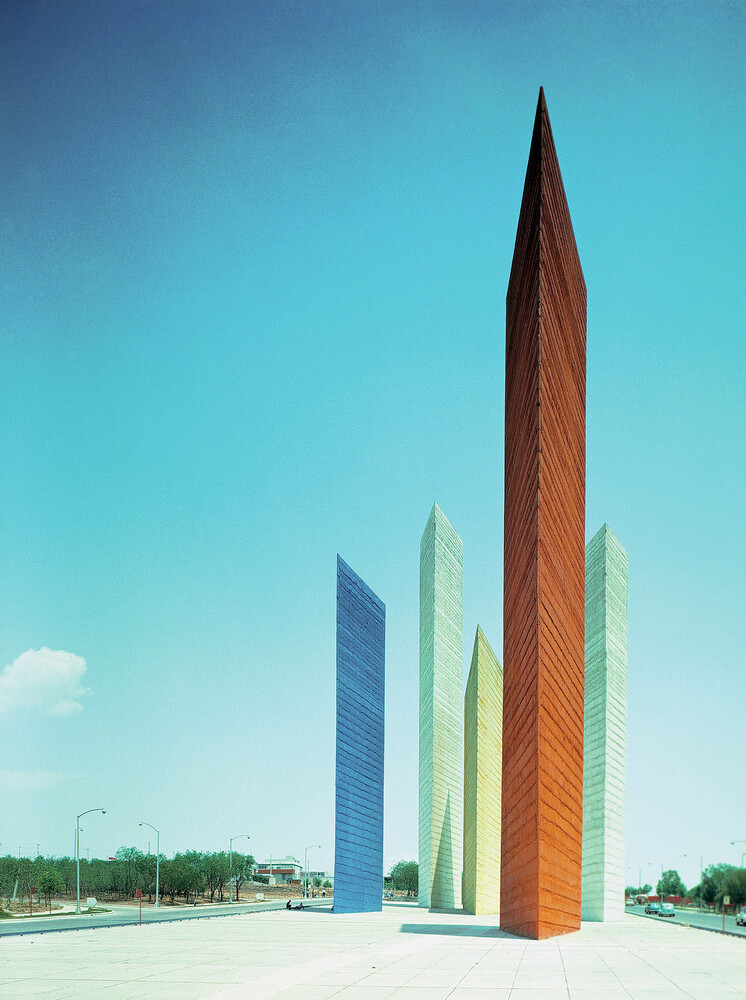
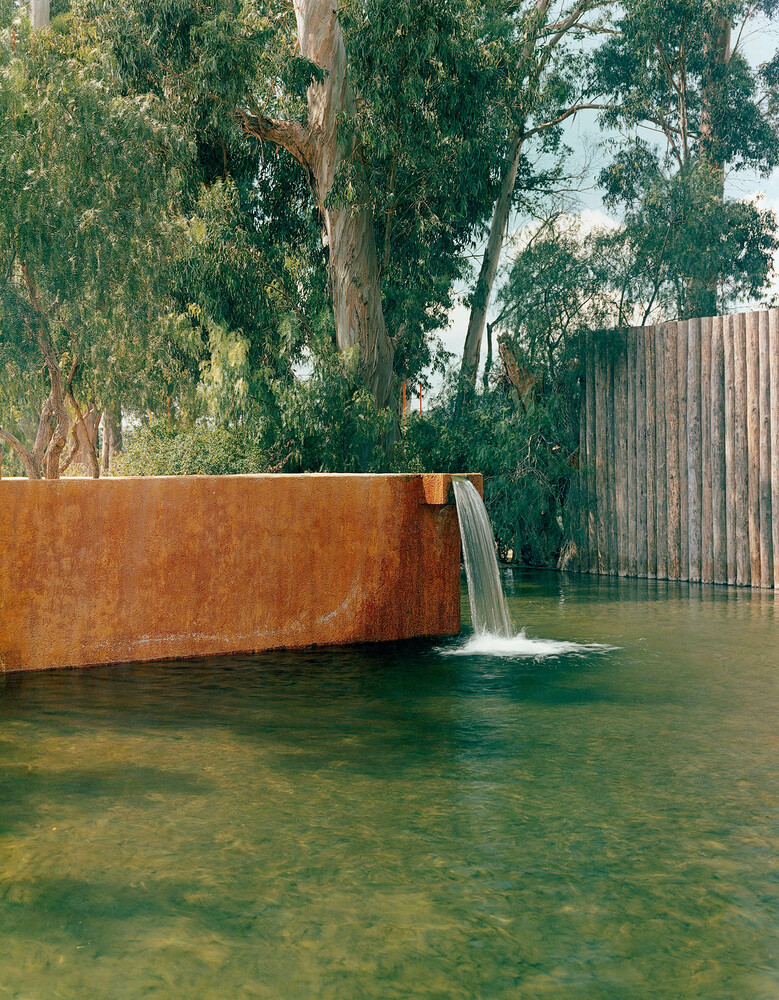
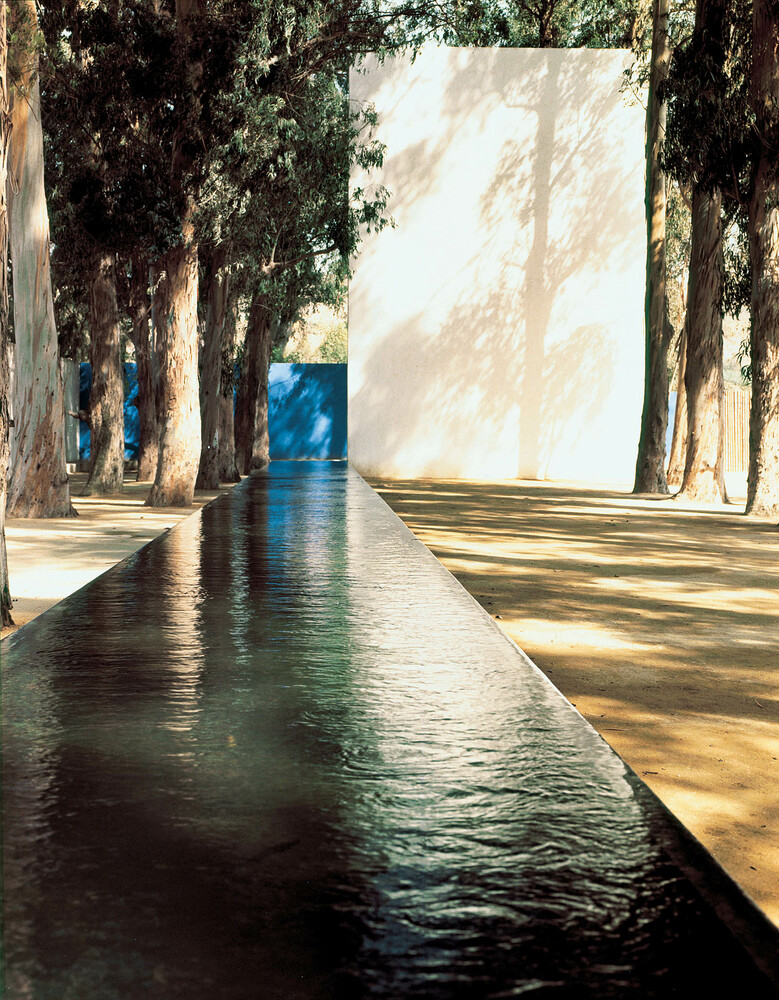
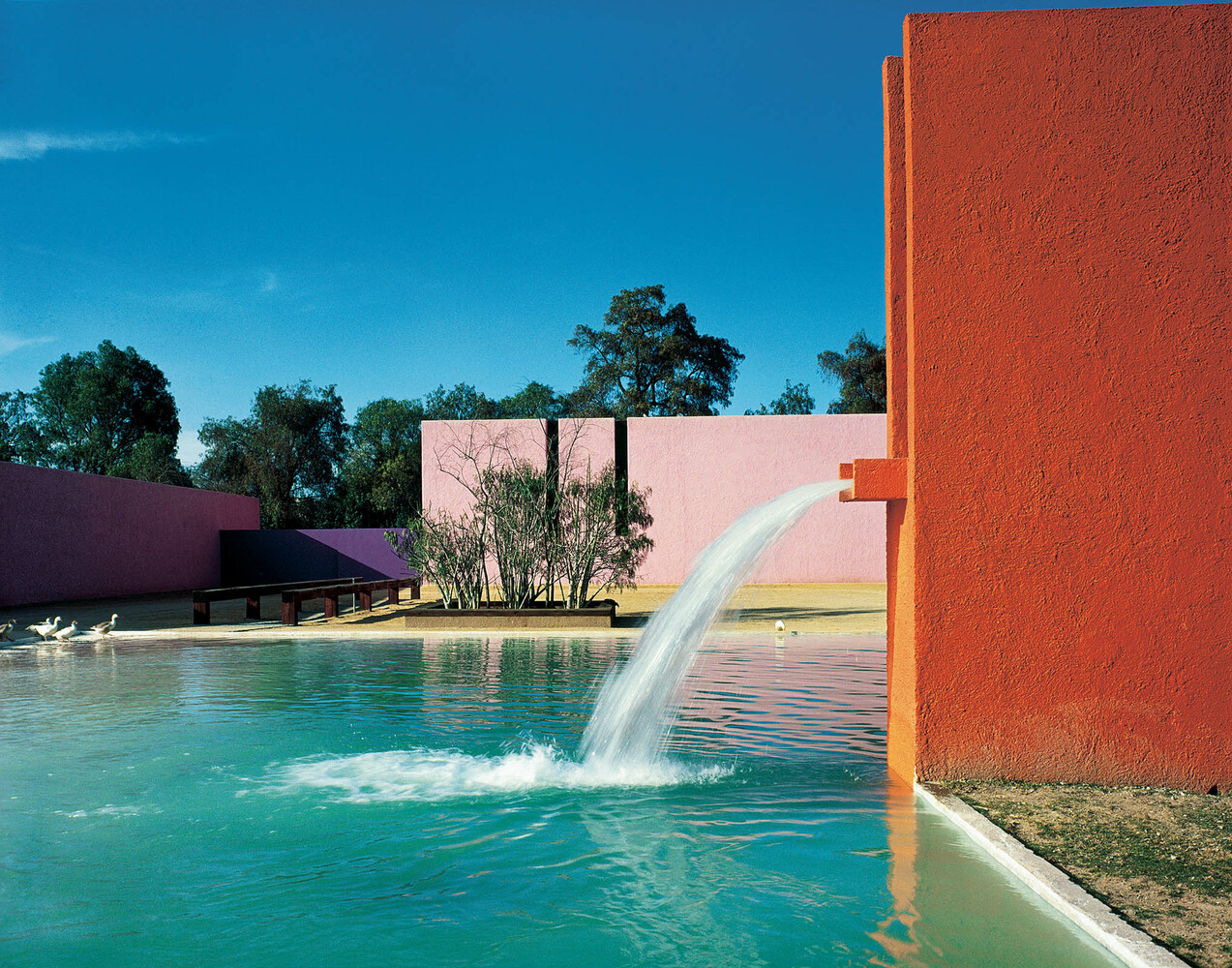
Approached by Louis I. Kahn in 1965 for advice on the landscaping of the Salk Institute Courtyard, Barragán recommended the creation of a stone-paved plaza rather than a garden, leading to the iconic ensemble that can still be experienced today in La Jolla, California.
Outside the Mexican capital, the architect was also involved in property development operations along the Pacific coast, and occasionally worked in his home town of Guadalajara.

By the 1970s, Barragán was facing some health issues and temporarily found himself in financial difficulties, with few commissions brought to completion. One of these was a townhouse for an advertising professional, the Gilardi House. Featuring an indoor swimming pool, this sophisticated composition of light and colour is regarded as one of his masterpieces. The monographic exhibition curated by Emilio Ambasz at the Museum of Modern Art (MoMA) in 1976 and the prestigious Pritzker Architecture Prize awarded to Barragán in 1980 were major factors in bringing his work to the attention of a wider international audience, and also led to a number of new commissions in the United States.
A year earlier, Barragán had established a partnership with his younger colleague Raúl Ferrera, renaming the office Barragán + Ferrera Asociados. The Mexican economy was booming at the time, and the two partners designed several large-scale corporate projects mainly in and around Monterrey. However, none were realized with the exception of the monolithic landmark Faro del Comercio, built in 1984 in the city centre. During this period Barragán’s health started to deteriorate, limiting his activity to a supervisory role while Ferrera took over responsibility for the daily business.
A large retrospective exhibition celebrating Barragán’s work was presented at the Museo Rufino Tamayo in Mexico City in October 1985. Upon his death on 22 November 1988 at the age of eighty-six, Barragán was honoured with a state funeral.
Today Barragán is regarded as the most influential Mexican architect of the twentieth century. His unique approach merged modernity and tradition, producing an architecture that is both contemporary and timeless.
